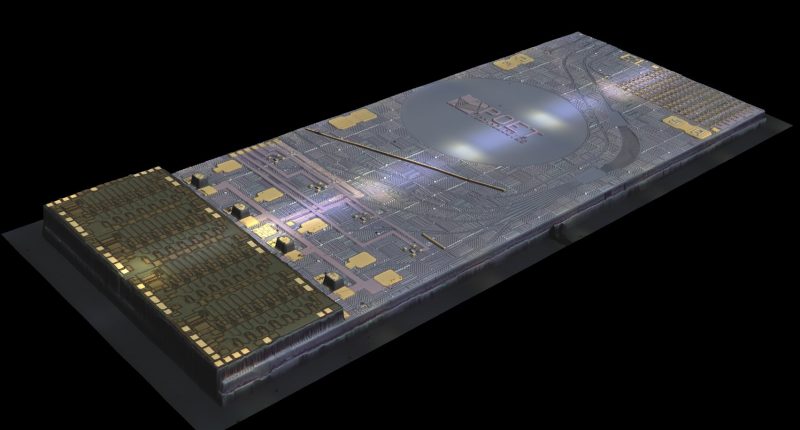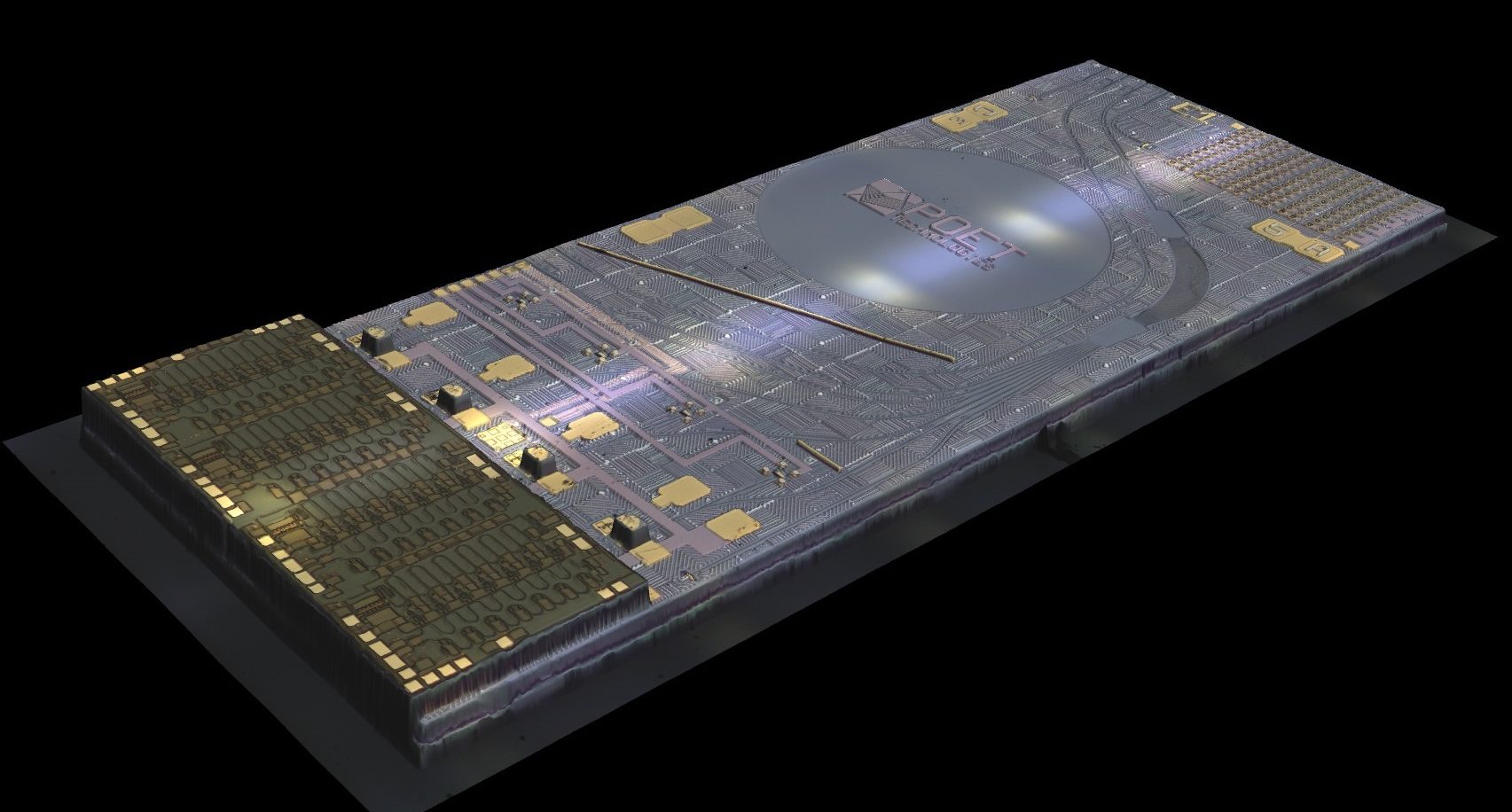By POET Technologies
The internet is getting faster and what’s making it happen is the increase in data speeds from 400G to 800G and 1.6T – and eventually beyond. Modern life demands these increases because our world has an insatiable desire for bandwidth. We use it to perform everything from business functions to academic course work to building advancements in AI and high-performance computing. Not to mention delivering all the digital entertainment that seems endlessly available.
At the start of the 21st century, some observers thought 100G speeds would be adequate to meet demand for generations. But social media unleashed a wave of citizen content creators who wanted to document their lives with videos and instantaneously share them. Even more significantly, businesses discovered that operations could be streamlined and efficiencies created through the speedier flow of data. So, 100G isn’t enough and neither is 200G, which is where many current leading applications operate.
The 400G era, touted as a massive breakthrough not long ago, will turn out to be a blip in the market. The 800G revolution is upon us and 1.6T will be close behind.
“The industry is reaching an inflection point. The adoption of 400G has ramped up very quickly, but shortly 800G is expected to begin ramping even faster than 400G,” writes CommScope, a U.S.-based network infrastructure provider.
We are able to move from 100G, 200G, and 400G to much faster, more efficient data speeds largely because of photonics – the area of optoelectronics manufacturing that specializes in using lasers to send light through fiber optic cables. Long considered a boutique industry, photonics is increasingly touted as the field of engineering that will power a new wave of computing.
A recent article in EE Times underscored the power of photonics in adapting to the needs of high-speed computing and AI. “Hyperscale data centres with very high-performing compute resources have emerged to tackle the workloads of AI, high-performance computing, and big data analytics. However, it is becoming increasingly clear that the traditional copper interconnects that bring together different components inside these data centres are hitting a bandwidth limit. This is where photonic integrated circuits (PICs), which use the power of light, can play a pivotal role,” the publication states. “Photonics can provide an avenue for not only a higher level of performance but also greater energy efficiency. Photonics can also support miniaturization, which can help minimize the footprint of power.”
That miniaturization is a hallmark of the POET Optical Interposer™, a platform technology from POET Technologies Inc. (TSXV:PTK) (NDAQ:POET) that has harnessed photonics to drastically reduce the number of components on a device and deliver advantages in cost and scale. POET’s optical engines, one of the first products built from the company’s silicon optical interposer, power leading-edge, high-speed optical transceivers for hyperscale data centres, generative artificial intelligence networks and light sources for AI computing systems, using light for data transmission from 10 centimetres to 10 kilometres.
By altering the course of photonics manufacturing to follow Moore’s Law for the first time in history, POET’s technology dramatically lowers size and power consumption while being able to scale to the volumes needed for next-generation data communications, AI processors, edge computing and consumer products.
Maker of the world’s smallest fully integrated optical engines with unmatched performance and size that inspires the creation of products that cannot be produced using any other technology, POET started to commercialize its technology early in 2023 with customer announcements ranging from: a one-of-a-kind 400G solution consisting of 4 x 100G chips in a QSFP-DD form factor for Adtran (formerly ADVA), a leading European network supplier; 800G receive optical engines for LuxshareTech, a global heavyweight in datacom facilities; and a unique agreement that involves the sale of optical engines to newly formed Beijing FeiYunYi Technology (BFYY), a telecom consortium from China that was created explicitly to sell optical modules featuring POET’s engines to that nation’s industry.
POET’s photonics-based innovations will continue to expand in applications at a faster rate than the evolution of silicon photonics. Why? Because it is an integration technology. POET takes the best performing devices available that provide the functionality needed and connects them without compromise. Material sets associated with these devices are optimized for peak performance and longevity independently before they are connected.
The company’s growth phase is accelerating as it prepares for the mass manufacturing of optical engines and light sources in late 2023 and early 2024, and with the recently announced addition of innovative optical modules to its product portfolio. These include a prototype 400G transceiver module in a QSFP-DD package and an 800G transceiver module with two POET Infinity™ chiplets, and an 800G DSP in a QSFP-DD package (scalable to 1.6T in an OSFP package). Touting a “semiconductorization of photonics” process, POET has managed to commercialize its technology with its hybrid-integration platform and through a joint venture company called Super Photonics Xiamen it is ready to fulfill large-scale product orders.
The kind of advancements the company has made with photonics are among those that demonstrate the promise of the entire field. Photonics is quickly becoming a driving force in the semiconductor market.
“The ultrafast nature of photonic operations, and the possibility of on-chip realization of photonic cellular automata could lead to next-generation computers that can perform important tasks much more efficiently than digital electronic computers,” says Alireza Marandi, assistant professor of electrical engineering and applied physics at the California Institute of Technology.
Photonics has certainly graduated from niche or boutique industry to the forefront of innovation in the global microchips world. And its impact is only going to accelerate from here.
This is third-party provided content issued on behalf of POET Technologies Inc., please see full disclaimer here.
Join the discussion: Find out what everybody’s saying about this stock on the POET Technologies Inc. Bullboard investor discussion forum, and check out the rest of Stockhouse’s stock forums and message boards.





